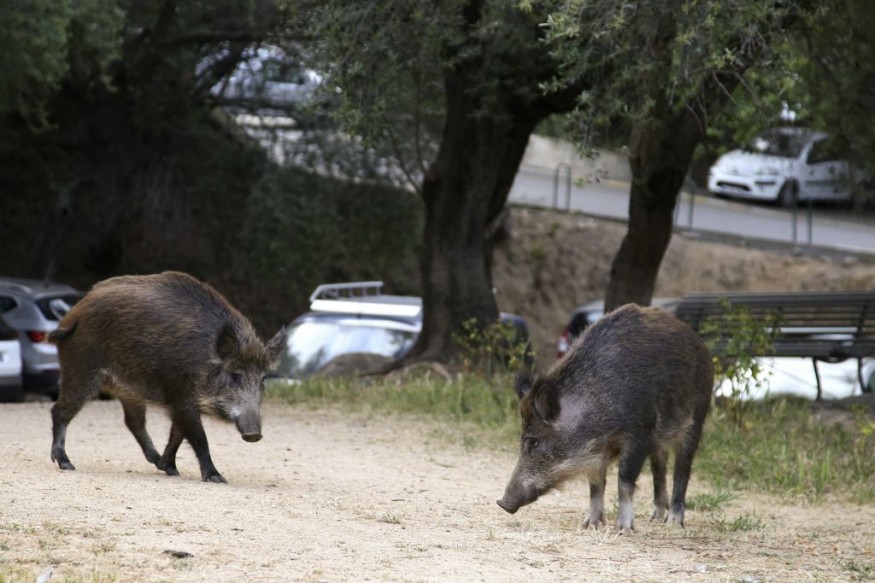
A recent study has shown that conservation efforts have been found effective in controlling wild pig populations in the southeastern portion of the United States.
Researchers pointed out that as the population and range of wild pigs (Sus scrofa) continue to grow across North America, there has been an increase in environmental and economic damages caused by this invasive species.
They said that the control efforts to reduce damages have increased concomitantly.
Further, despite the expanding impacts and costs associated with the population control of wild pigs, the extent to which wild pig control reduces population and diminishes environmental and agricultural damages are rarely quantified.
Read Also : Experts Fear Ecological Disaster as Wild Pigs Are Rapidly Spreading Across Western Canada
Findings of the study
In the study, experts used a combination of wild pig population surveys, agricultural damage assessments, and environmental rooting surveys across 19 mixed forest-agricultural properties in South Carolina, US.
They quantified changes in wild pig relative abundance and associated damages over a three-year period following implementation of a professional control program.
The findings of the study has shown that sustained wild pig control efforts can substantially reduce wild pig relative abundance, and this will later on result in a reduction in environmental rooting damage by wild pigs.
"Our results revealed control efforts were successful in reducing the relative abundance of wild pigs on private agricultural lands on average by ~70% within 12-24 months following the implementation of trapping," the study stated.
Experts said that the findings of the study are consistent with a previous study that found that intensive trapping efforts can mitigate damage to rangelands by wild pigs.
It also suggested wild pig control efforts that implement extensive and adaptive trapping approaches, which can be an effective management tool for reducing populations and ultimately reducing damage associated with wild pigs.
It has been difficult for managers to control populations of wild pigs once they have become established within a landscape.
Indeed, populations of wild pigs have continued to increase throughout much of their invasive range over the last few decades, despite their forced removal through recreational hunting and control programs implemented by agencies.
Wild pigs
Wild pigs, which are native to Eurasia, have been introduced worldwide for food and hunting opportunities, and over the last several decades, the species have become one of the world's most troublesome invasive species.
Experts said that wild pigs are currently experiencing global range expansion due to translocations by humans, natural dispersal, and favorable changes in environmental conditions.
They explained that the widespread escapes and intentional releases of wild pigs for the purpose of sport hunting continues across numerous countries. This phenomenon is believed to be the most influential driver of their population expansion today, especially in the US.
Wild pigs are considered as omnivorous, having high reproductive rates and low mortality due to predation, even when they are still young.
This has hastened wild pig range expansion into new regions and habitats. In natural ecosystems, wild pigs can severely damage native habitats and sensitive ecological communities, especially riparian areas and deciduous forests.
Related Article : Boars Everywhere: Climate Change is Boosting Wild Pig Populations
Related Video:
© 2026 NatureWorldNews.com All rights reserved. Do not reproduce without permission.





